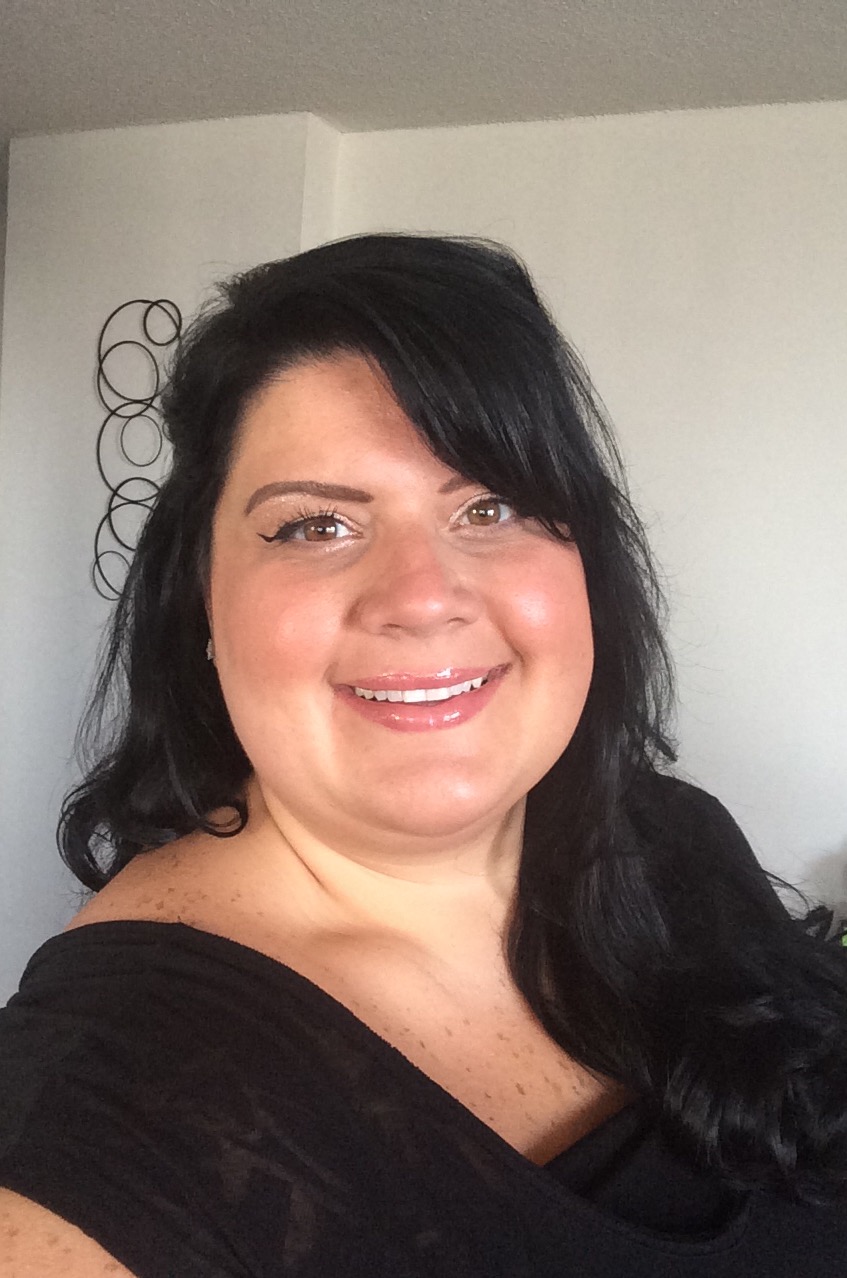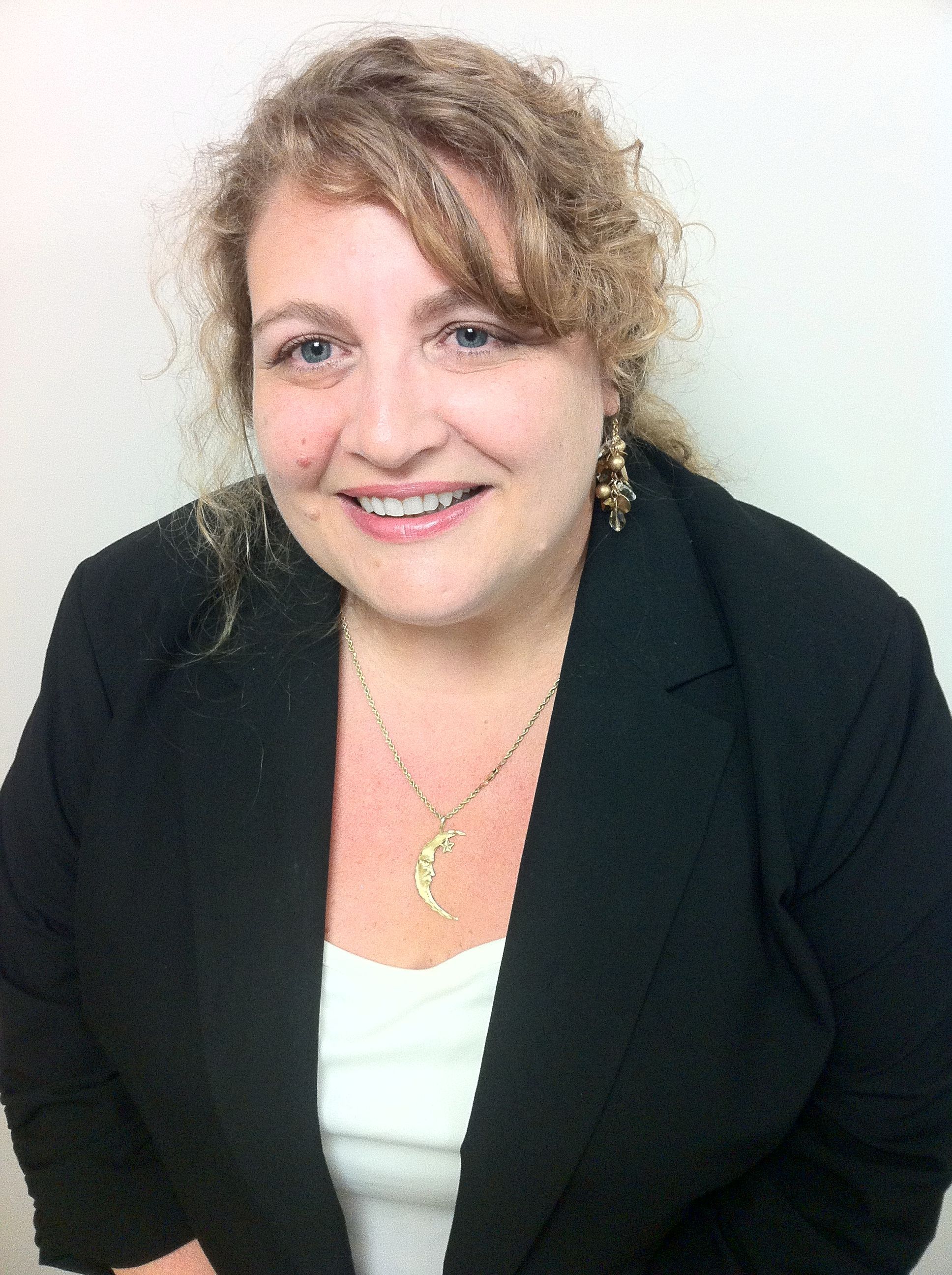The ophthalmology landscape is evolving rapidly, and eye centers are adopting the latest techniques and technologies to continue providing high-quality care amidst numerous changes. Here, two leaders of ophthalmology-focused ambulatory surgery centers discuss technologies their centers have adopted recently, as well as new trends that will gain traction in the coming year.
Question: What are some of the most exciting new eye care technologies you are using at your center?
Catherine Saetta, CEO, New Jersey Eye Center and Dello Russo LaserVision (Bergenfield): In any ASC, you are always looking to bring in new and exciting technology, and it is the same at our eye center. It shows that we are on the cutting edge of medicine and that we care about high-quality patient care. We just spent quite a significant amount of money to be able to bring a brand new piece of equipment to our patients, the PHACO machine. We also recently upgraded our microscope.
 Caroline Ivanovski-Hauser, Administrator, Bergen-Passaic Cataract Surgery and Laser Center (Fair Lawn, N.J.): The most exciting new technology we are using at the center is the femtosecond laser for laser-assisted cataract surgery. We are waiting for a wavefront aberrometer system, which uses interoperative measurements to improve IOL accuracy, to be installed. Additionally, we spent a good deal of time evaluating and implementing other new technologies.
Caroline Ivanovski-Hauser, Administrator, Bergen-Passaic Cataract Surgery and Laser Center (Fair Lawn, N.J.): The most exciting new technology we are using at the center is the femtosecond laser for laser-assisted cataract surgery. We are waiting for a wavefront aberrometer system, which uses interoperative measurements to improve IOL accuracy, to be installed. Additionally, we spent a good deal of time evaluating and implementing other new technologies.
Q: What are some things to keep in mind when purchasing ophthalmology equipment for an ASC?
CS: There are a bevy of things to keep in mind. You must consider the following: Is it the right time to make purchase? What is the return on investment? Have you looked back at capital purchases and looked at capital expenditures going ahead? What sources of capital or funds do you have access to? Is the purchase an investment in the center's future and in patient care and clinical excellence? Is it going to be easy to train staff members? There is a great deal of due diligence involved.
CIH: The first thing to consider is return on investment. Making a purchase just to have the newest item or to keep up with a competitor cannot be the sole driving force. Cost in terms of training, supplies, staff and time as well as capital investment need to be examined. If the purchase will cause the center to lose money, it is not the right investment.
Another crucial element of equipment purchase is surgeon adoption of the technology. Even if the purchase is financially low risk, a realistic survey of anticipated usage needs to be conducted. Marketing costly technology to patients does not happen in the center but at the practice level. Additionally, the center must take in to account the effect on operations if the technology increases market share.
Q: What are some of the challenges of incorporating new technology into an ASC?
CS: Some of the obvious challenges center around staff training and development, as well as coding and physician support. Upgrading to new equipment is not something you will necessarily be reimbursed for in a short period of time. First and foremost, it should be used to improve patient care.
CIH: A major challenge of incorporating new technology is the actual integration of the technology. Having a well thought out plan of implementation is a necessity but even the most well thought out model will incur challenges. The amount of time needed for each case will be increased until the staff is not only trained but familiar with the new technology. This impacts scheduling and the number of cases which can be performed in a day, which in turn directly impacts center profitability.
Q: What are some new trends in eye care that will gain traction in 2015?
CS: AcuFocus created the Kamra corneal inlay which was FDA-approved in April 2015, to improve near vision for people with presbyopia. Specifically, the Kamra inlay is approved for presbyopic patients aged 45 to 60 years who have prescriptions of +.50 D to -0.75 D, meaning they have practically no refractive error, with a near correction need of +1.00 D to +2.50 D of reading add. During the Kamra procedure, a pocket is created in the center of the cornea, where the device is inserted.
CIH: There are a number of new developments in ophthalmology. One trend that will gain traction in 2015 is a completely integrated refractive cataract system, which will include the use of the femtosecond laser and interoperative aberrometry. Another is the use of intraoperative medications to reduce dependence on postoperative eye drops.
Q: How have these trends affected ASC operations?
CS: The eye center has incorporated new practice management software for processes such as scheduling, revenue cycle management, etc. In addition, we have completely revamped and upgraded our technology infrastructure. Implementing all of this, not just for the business aspect of the center but also the clinical aspect, has allowed us to streamline our operations in a multitude of ways.
CIH: The purpose of new technology and trends is to improve patient care. Along with the new equipment and clinical technologies we implemented, we utilize a very robust practice management software program at the center. Over the past year we have completely upgraded our computer infrastructure, including new servers and peripherals.
We also reviewed a number of EMR systems. However, after weighing the benefits, such as ease of case costing and inventory management, against the drawbacks, including staff training and slower turnover time, we decided that the timing was not optimal. We do plan to revisit this in the future.
Ultimately the most important factor affecting operations is the staff. The staff must be both supported and invested in center processes or the goal of providing excellent patient care in a safe comfortable environment cannot be met.

